By Manisha Sahu, America News World
October 5 , 2025
In the early hours of Sunday, Russia launched a wide-ranging assault on western Ukraine that combined missile and drone strikes, prompting an aggressive response from neighboring NATO member Poland and raising alarm across Europe’s eastern flank.
Ukraine’s Air Force warned that all of the country was under threat of fresh Russian missile attacks, as air raid alerts blared and air defenses were mobilized en masse. In particular, the Lviv region, just tens of kilometers from the Polish border, bore the brunt of the barrage, drawing immediate Polish military reaction.

Poland Scrambles Jets, Elevates Defenses
Poland’s Operational Command said in a post on X that it had scrambled fighter aircraft and placed its radar and ground-based air defense systems on the highest state of readiness to protect its airspace. “Polish and allied aircraft are operating in our airspace,” the command said, noting that these measures were taken as a precautionary step to secure the border region.
Earlier in September, Poland had shot down suspected Russian drones that crossed into its airspace — a development that marked one of the first direct military engagements by a NATO country in response to the Ukraine conflict.
In that September incident, Poland reported that 19 drones had penetrated its airspace, triggering NATO to launch a coordinated defense involving Dutch F-35 and other allied forces.
The current scramble comes amid growing unease among NATO’s eastern members, which view Russian drone incursions and missile strikes near alliance borders as deliberate tests of readiness.
Strike on Lviv: Power Outages, Infrastructure Under Siege
In Lviv, explosions and anti-air defense fire were reported from multiple directions. Local officials said that missiles were approaching the city, even as Ukrainian defense systems remained active. The mayor stated that attacks had already knocked out power and brought public transport to a standstill.
Elsewhere, the assault extended to the Zaporizhzhia region, where at least one person was killed and nine others injured. The strikes damaged critical infrastructure and left over 73,000 people without electricity.
Other Ukrainian regions also saw drone and missile raids. In the Sumy region, a drone strike hit a railway station, killing at least one person and injuring dozens more. Authorities called it a “double-tap” strike, meaning a follow-up attack struck rescuers gathering at the scene.
Airspace Disruptions, NATO On Alert
Flight tracking data from Flightradar24 indicated that airlines were rerouting flights, using corridors typically reserved when airports like Lublin and Rzeszów (close to the Ukraine border) are closed. However, U.S. FAA notices did not immediately reflect any disruptions, and Eurocontrol cautioned that delays should be expected in Polish-managed airspace amid the unfolding situation.
Lithuania also temporarily shut down operations at Vilnius airport following reports of possible airborne balloons or drones nearing the airspace.
Meanwhile, NATO has already bolstered its posture on the eastern flank through Operation Eastern Sentry, initiated after the September drone incursion into Poland. That mission is designed to strengthen air, sea, and ground defenses along NATO’s eastern border.
A Strategy of Testing or Escalation?
Analysts believe Russia’s growing reliance on drones is part of a broader tactic of limited provocation — testing NATO’s thresholds without triggering full-scale war. Experts suggest the incursions are calibrated to expose gaps in detection, response times, and alliance cohesion.
Earlier this week, Ukrainian President Volodymyr Zelensky proposed creation of a joint aerial defense shield between Ukraine and its allies. He framed Ukraine’s extensive experience with drone and missile defense as a resource the alliance could leverage, offering training for partners like Poland.
Yet, building an integrated regional air defense architecture is no simple feat, and European defense ministers have warned that such systems require years of investment, cooperation, and procurement reform.
For now, NATO nations across Eastern Europe are on edge. The scale and proximity of the Russian strikes — particularly near NATO territory — make the line between conflict in Ukraine and a broader European confrontation uncomfortably thin.
As winter approaches, Russia’s strategy to weaken Ukraine through energy grid attacks and infrastructure damage may intensify. For NATO, the question is no longer whether defending Ukraine protects alliance interests, but how to shield its own member states from fallout.
Will the alliance’s eastern flank hold firm? Can Europe accelerate unified air defense mechanisms? As Russia’s drone and missile capabilities evolve, the coming weeks may test NATO’s resolve more than ever.
Discover more from AMERICA NEWS WORLD
Subscribe to get the latest posts sent to your email.





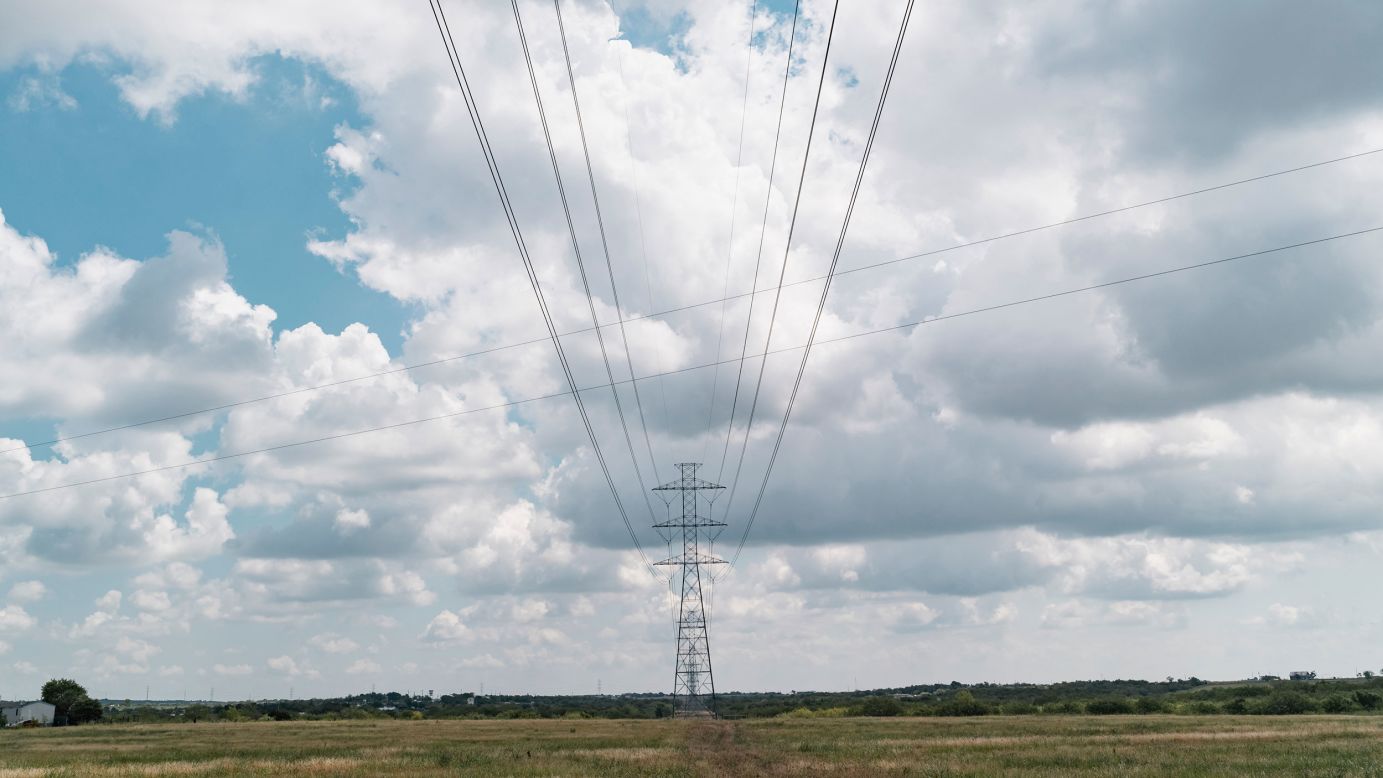







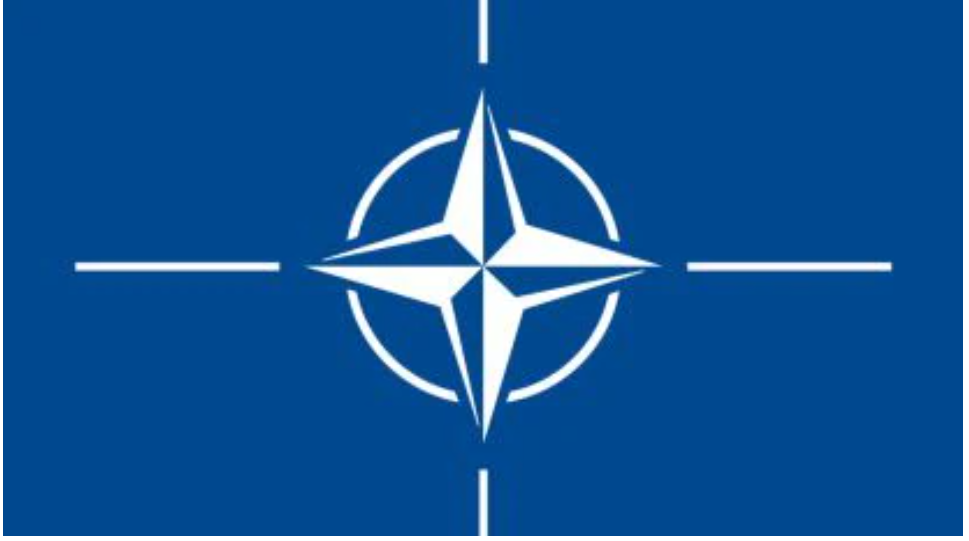




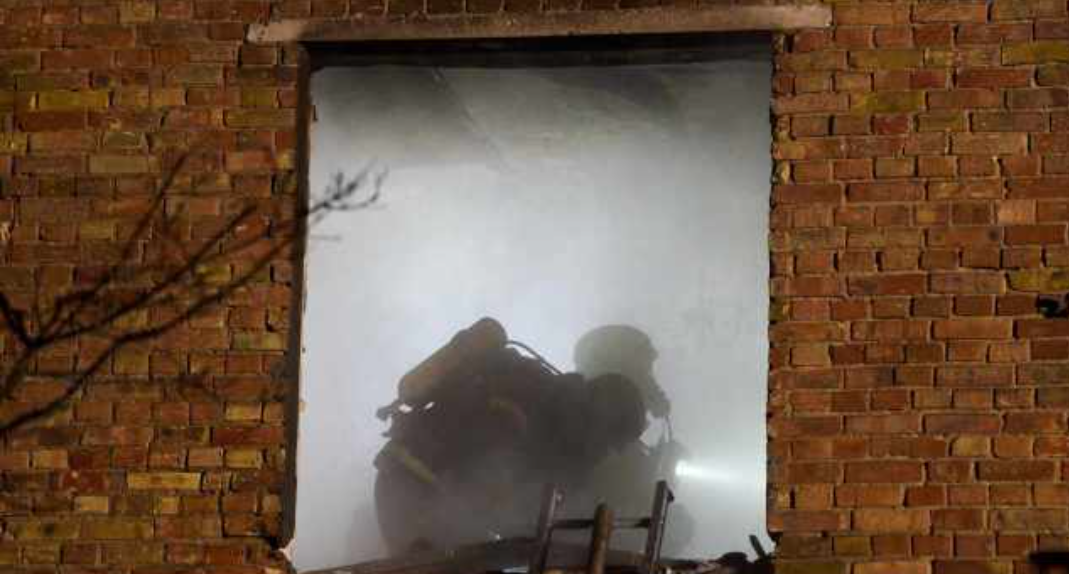



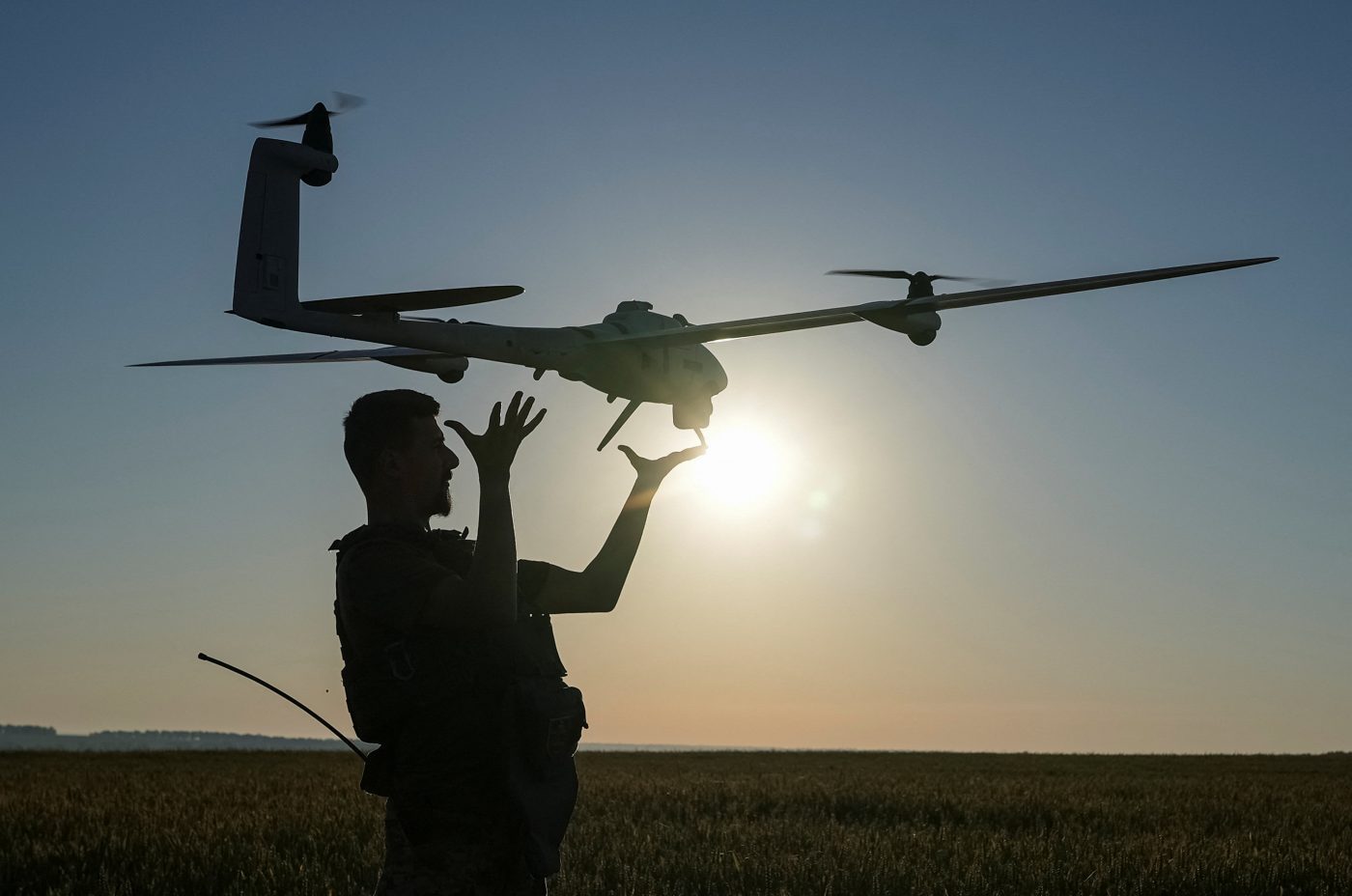









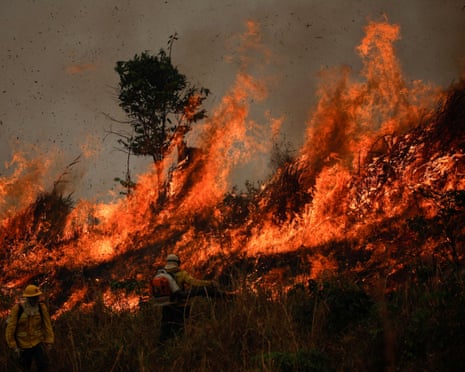
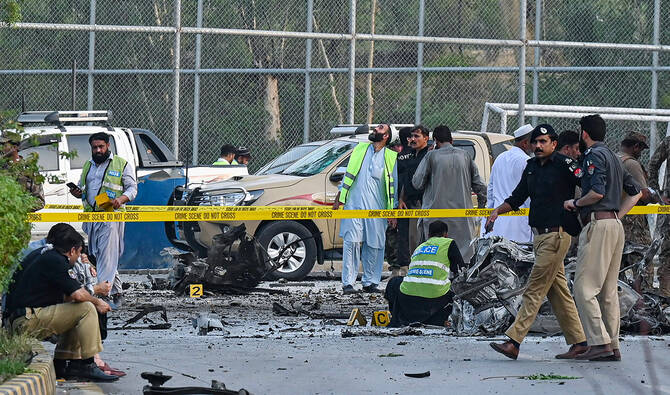


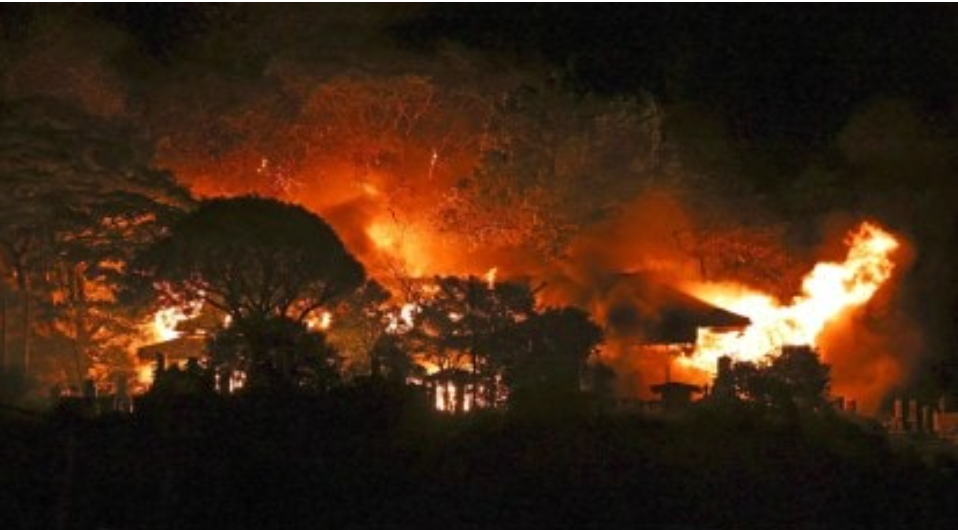




Leave a Reply